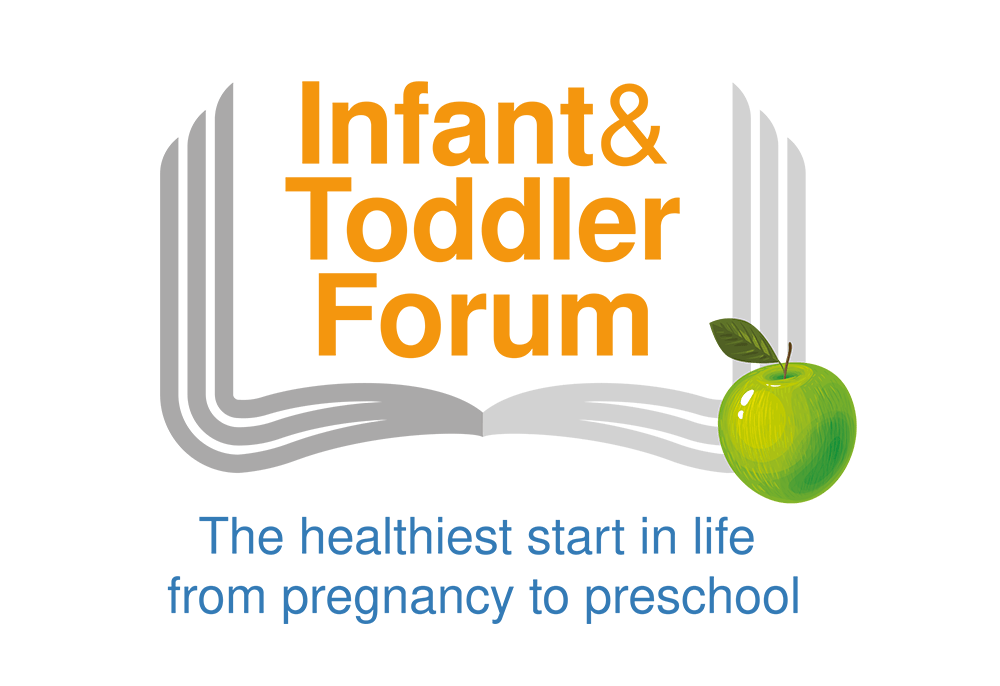The Infant and Toddler Forum (ITF) welcomes the new Scientific Advisory Committee on Nutrition (SACN) draft recommendations on Carbohydrates and Health for public consultation, and Public Health England’s (PHE) report Sugar reduction: Responding to the Challenge, both published this week in an attempt to halt the UK’s looming obesity crisis by reducing our sugar intake.
Recommendations include for the population to halve the consumption of free sugars to around 5% of daily dietary energy intake; and to minimise consumption of sugar-sweetened beverages (e.g. fizzy drinks, squash) by both children and adults.
PHE is calling on charities, non-governmental organisations, academics, businesses, retailers and consumers to work together to reduce the amount of sugar we eat as a nation. Both reports have generated a huge media response around sugar and obesity but it’s also important to remember that all drinks sweetened with sugar, or naturally sweet with fruit sugar (e.g. fruit juices) cause dental decay. Over 27% of 5 year olds have tooth decay according to the National Dental Epidemiology Programme for England, with children on average having between 3 and 4 teeth affected by decay.
Judy More, paediatric dietitian and member of the Infant & Toddler Forum comments: “In amongst this explosion of media interest, parents need practical advice and information. Toddlers should be offered 6-8 drinks per day; one drink with each meal and snack. Water is a good choice because it contains no sugar or acid and will not damage the teeth. All sweet foods and, if offered, sweet drinks should be limited to mealtimes and to no more than one snack a day. Sweet and acidic drinks, including squashes and fruit juices, can damage the teeth and are not a necessary source of vitamin C, which is provided by fruit and vegetables. If fruit juice is offered to toddlers, it should be well diluted – one part juice to about six to ten parts water.”
References
1. National Dental Epidemiology Programme for England, oral health survey of 5 year old children 2012’ study on the prevalence and severity of dental decay
